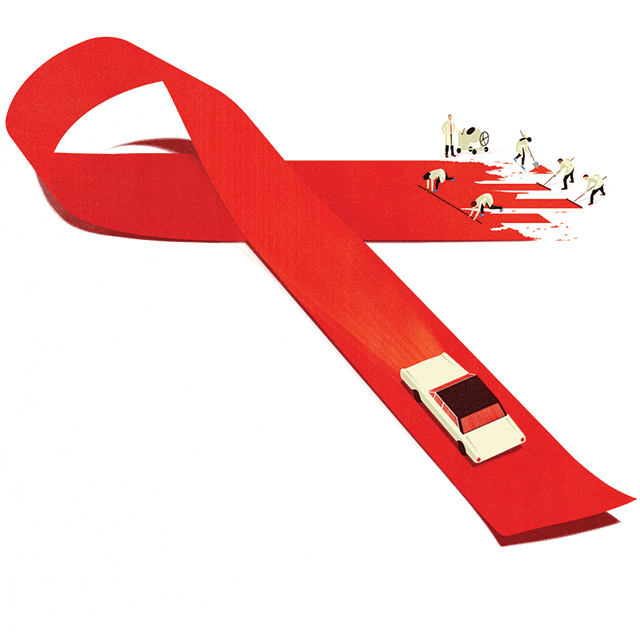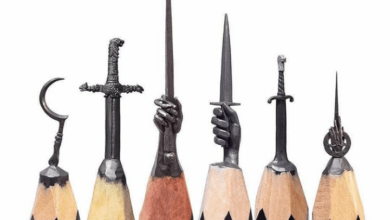
For a long time, the mind and body have been viewed as separate entities that, like oil and water, don’t “mix”. However, recent research has shed more light on the existence and implications of psychosomatic interactions (i.e., between mind and body), thereby revolutionising our understanding of the very nature of human health and disease. The mind and body would thus rather be more accurately regarded as two inseparable aspects of the same entity, like two sides of a coin. Our perception of the interface of physical and mental health holds great significance with respect to the nature and effectiveness of our approach to health policymaking and healthcare delivery, and ultimately, health outcomes.
The inextricable association between physical and mental well-being has been demonstrated, among others, by the (1) impact of mental health on physical health and vice versa, (2) occurrence of comorbidities, and (3) common origin and symptoms of some physical and mental health conditions.
For instance, mental health conditions come with symptoms such as headache, chest pain, insomnia, digestive problems, dizziness, insomnia, etc., which may induce fatigue, sensory disability, mobility impairment, and so on. These may hinder physical activity and lead to social isolation which in turn adversely affects mental health and further exacerbates physical disability. This “vicious cycle” of physical-mental illness illustrates vividly the reality of psychosomatic interaction. Moreso, the fact that physical pain is perceived through the mind and that psychological well-being can reduce the risk of chronic disease, coupled with other factors such as the effect of mental health conditions (e.g., depression) on disability and loss of function, the role of mood in impeding early diagnosis of medical problems, the adverse effect of mental illness on health-seeking behaviour, and the physical side effects of pharmacological therapies for some mental disorders, further lends to this illustration.[1]
In addition, both the presence and diagnosis of physical illness have been observed to adversely affect mental health. Depression, for example, is common in diabetics and patients with poor physical health (especially after experiencing a major diagnosis), and several studies have shown it to be a risk factor for heart disease.[1] Also, diabetes, a chronic physical condition, is associated with a range of other mental health conditions such as anxiety disorders, eating disorders, psychosis, cognitive impairment, etc.
The existence of comorbidities (particularly the co-occurrence of physical and mental disorders) whereby both the physical and mental disorders share somatic symptoms and risk factors further instantiates the interface of physical and mental health. In fact, patterns of mental health conditions such as ADHD, autism, bipolar disorder, schizophrenia, etc. in families show that, like physical illness, mental illness may also have genetic risk factors.
Whereas a proper perception of this interface has been instrumental in improving health outcomes in developed countries, certain factors remain that hinder such in developing countries like Nigeria. First, low health literacy and negative, superstitious perception of mental illness among the populace, coupled with the high cost of therapy for mental illness, prevent people from getting the needed care. Also, poor conditions of medical practice and the widespread inefficiency of the public healthcare system (due to factors such as brain drain, poor funding, an inverted healthcare pyramid, etc.) render health professionals grossly incapacitated and disincentivised to cater to the overall health needs of patients. Third, the increased burden of “more pressing” issues in the health sector (e.g., malnutrition, infectious disease/epidemics) and other sectors (e.g., poverty, insecurity) tend to shift the focus of government and stakeholders away from investing in a holistic approach to healthcare.
Therefore, since merely increasing health expenditure or enacting policies on physical or mental health without considering their interdependence will not yield the desired health outcomes, government and other stakeholders should invest in (1) schemes to raise mental health awareness and eliminate the parity of esteem between mental and physical health, (2) primary healthcare and specialist training that improves how psychiatrists act to promote physical health and prepares physicians (especially in oncology, diabetology, cardiology, etc.) to integrate mental health into their practice, (3) fields such as Liaison Psychiatry to cater to patients with comorbid medical conditions, and (4) special considerations for inclusion of those with mental illness in programmes that support people suffering from long-term physical illness.
In conclusion, it is not enough to appreciate the interface of physical and mental health. We must go further and respond appropriately with an approach that reflects that we understand the implications of such interface.
References
[1] Doherty AM, Gaughran F. The interface of physical and mental health. Social psychiatry and psychiatric epidemiology. 2014 May;49:673-82.Igdaliah Otitoola


